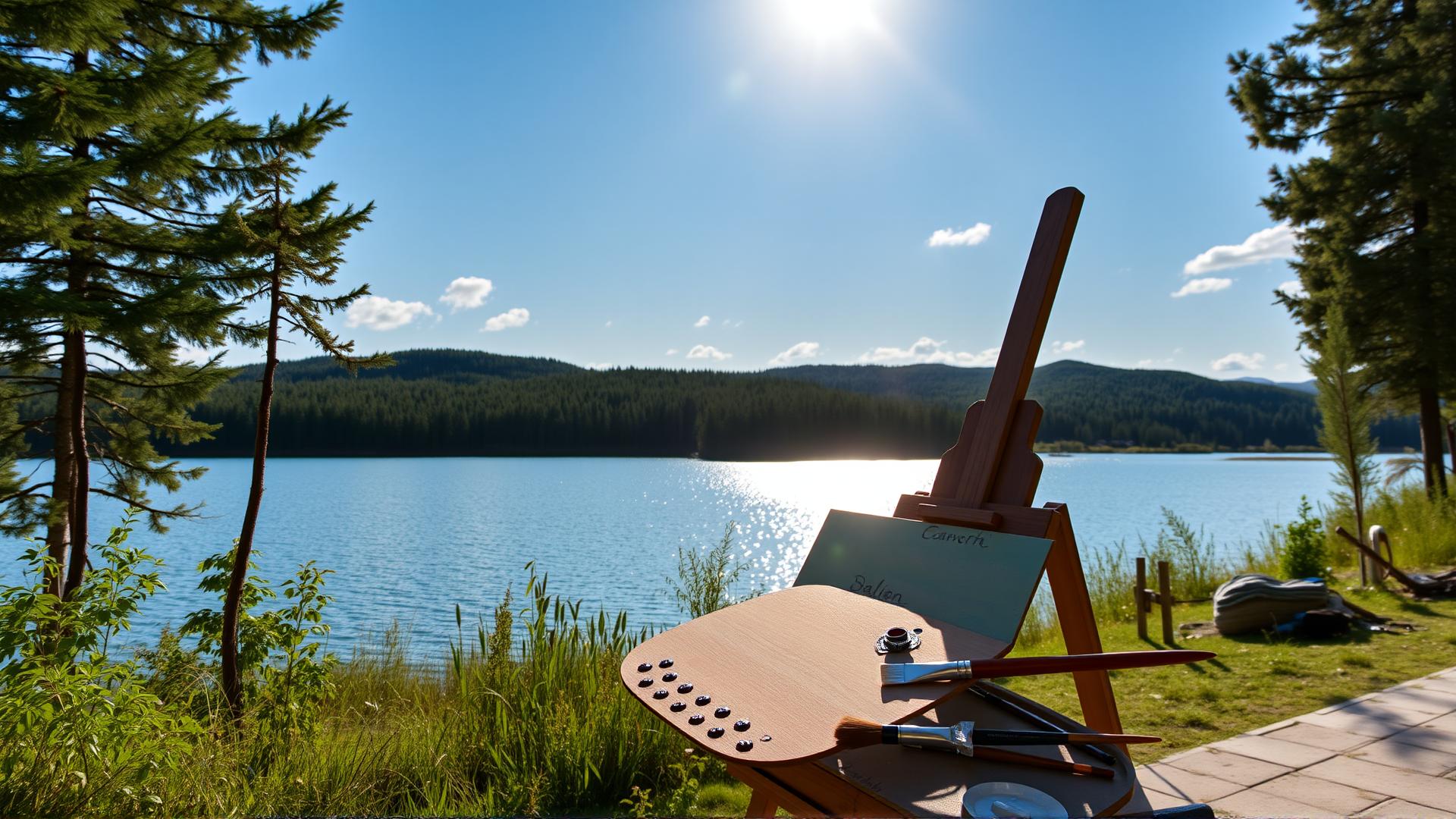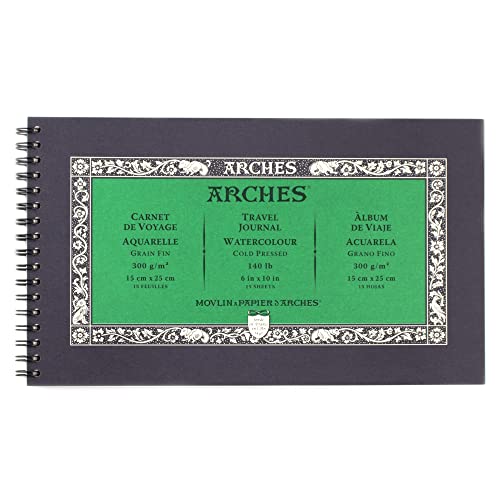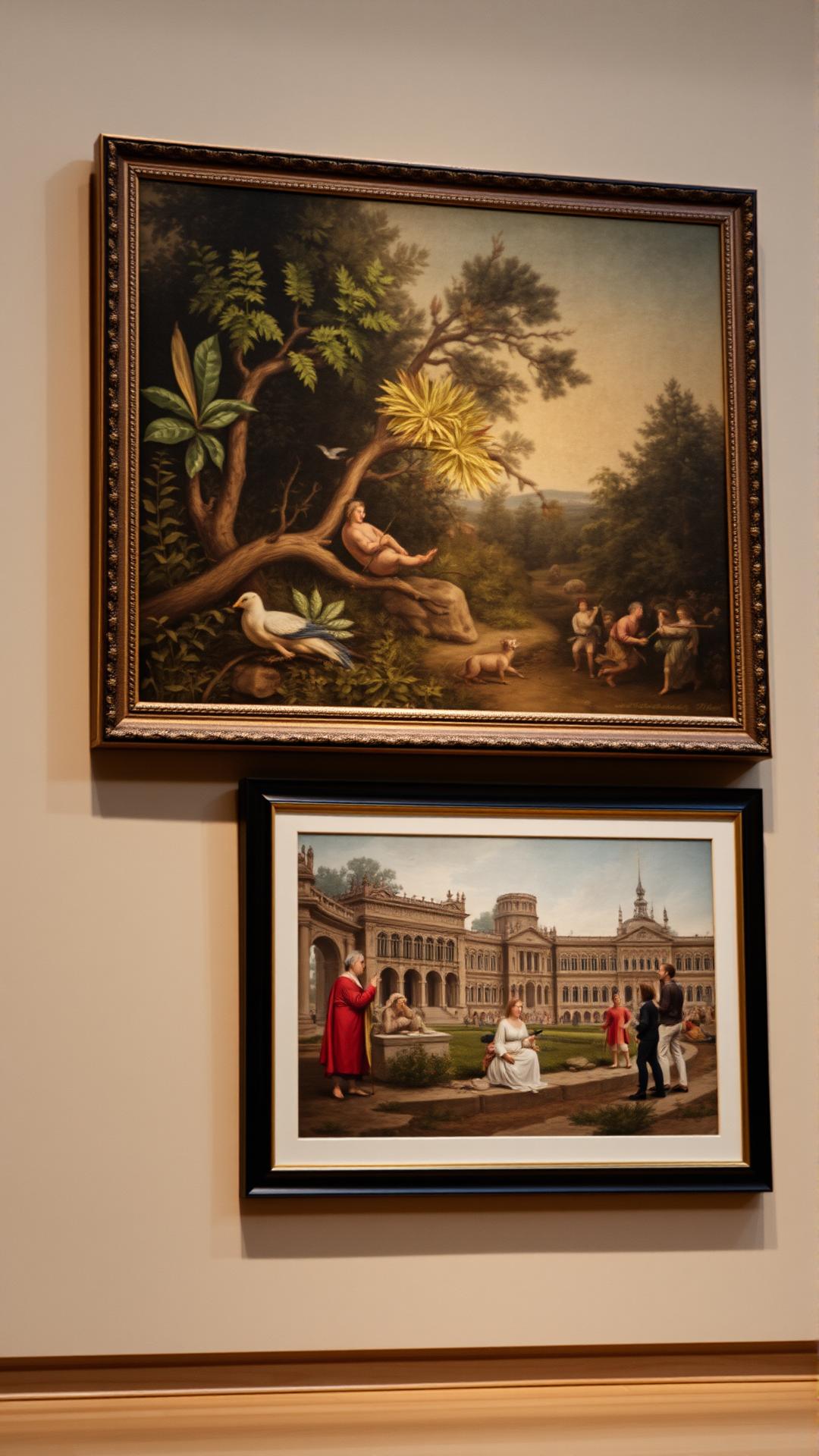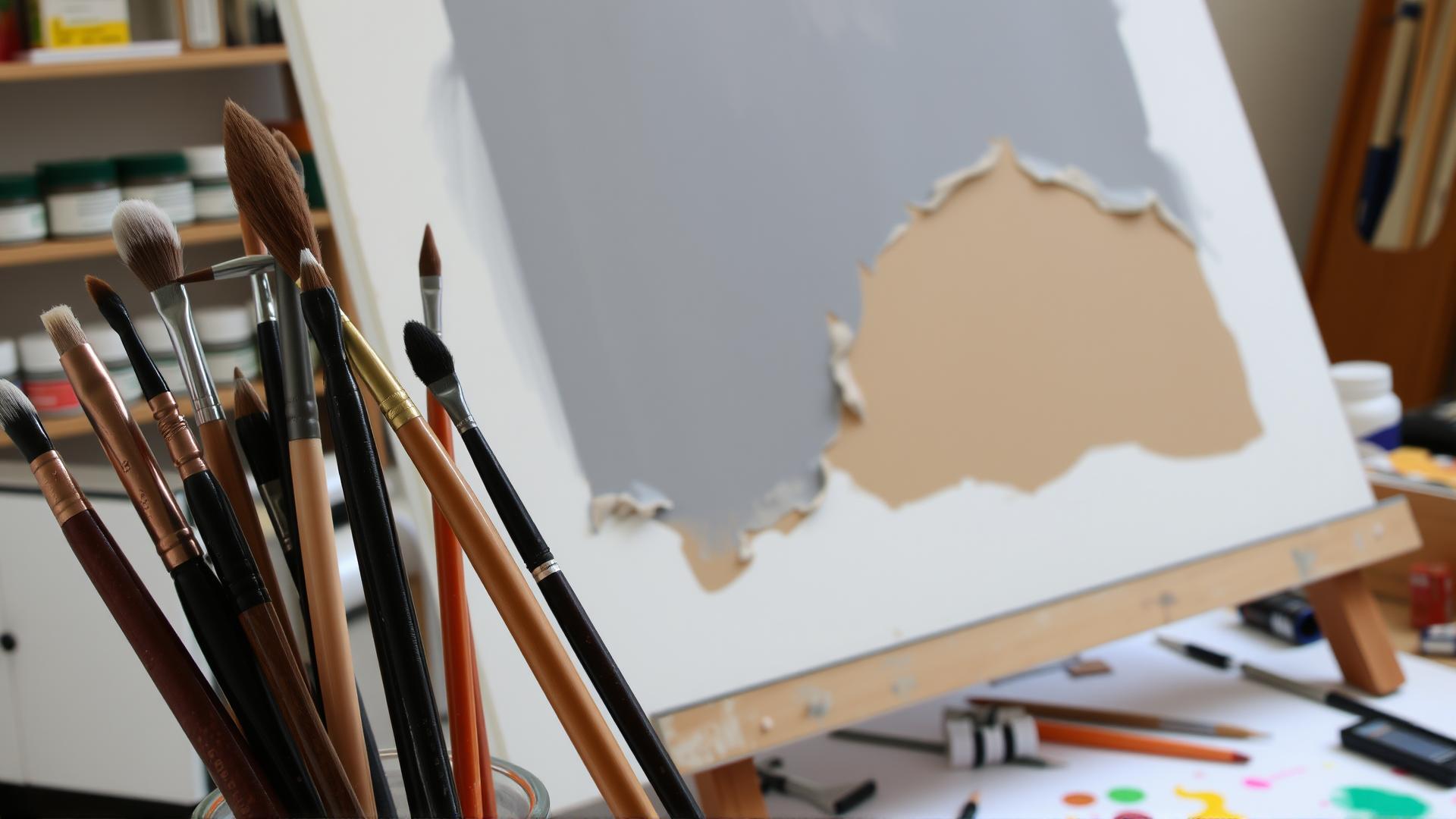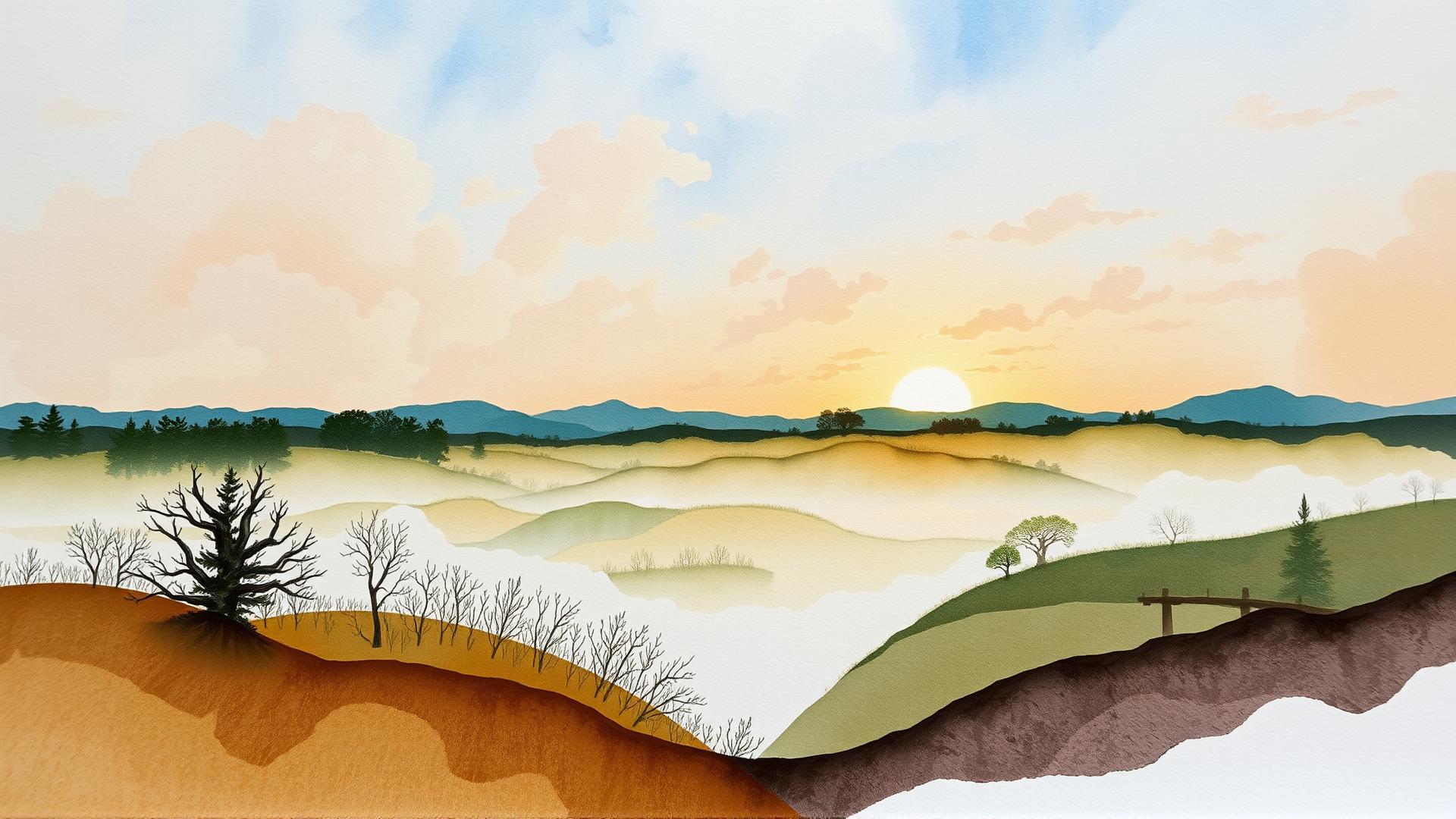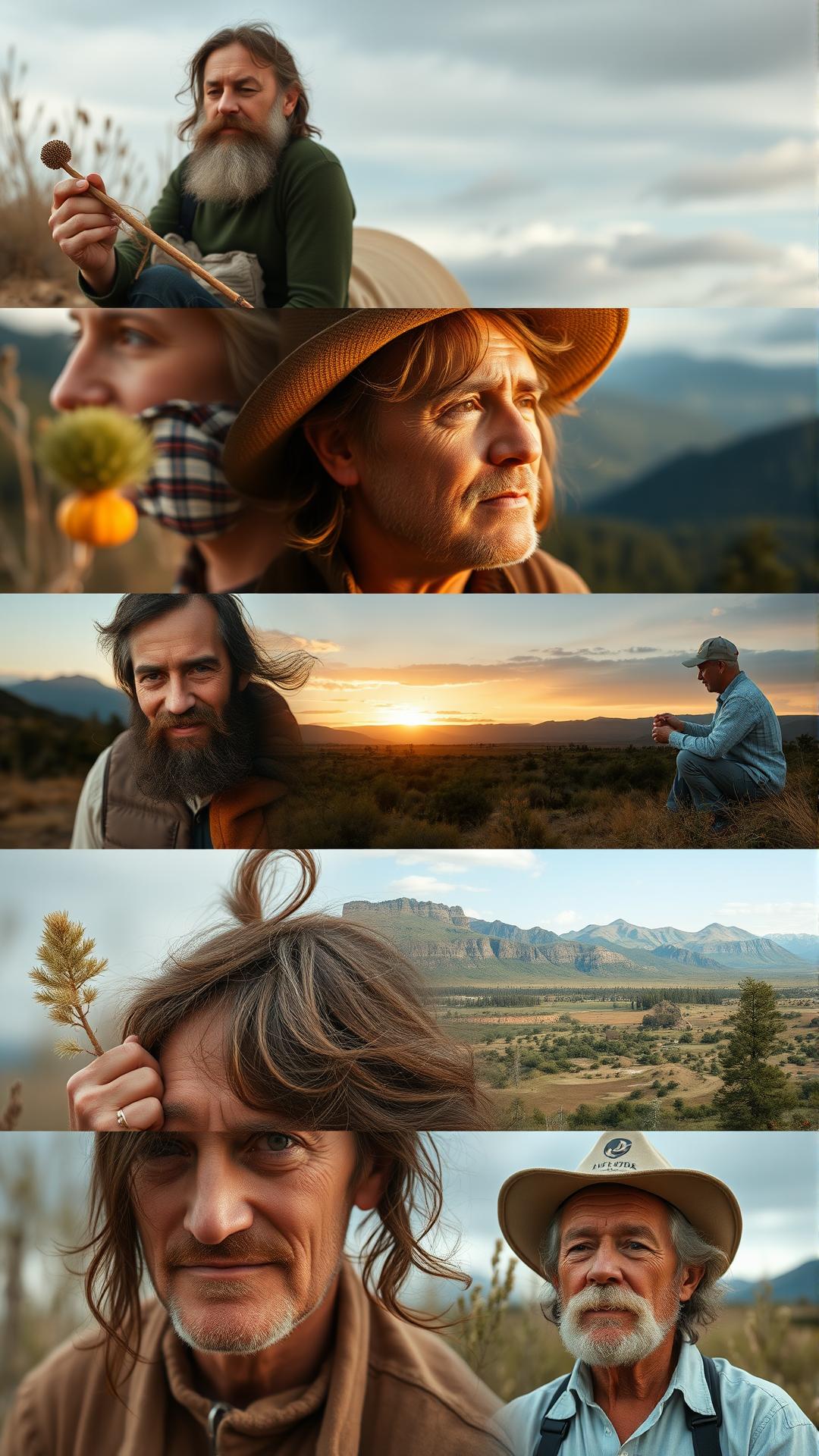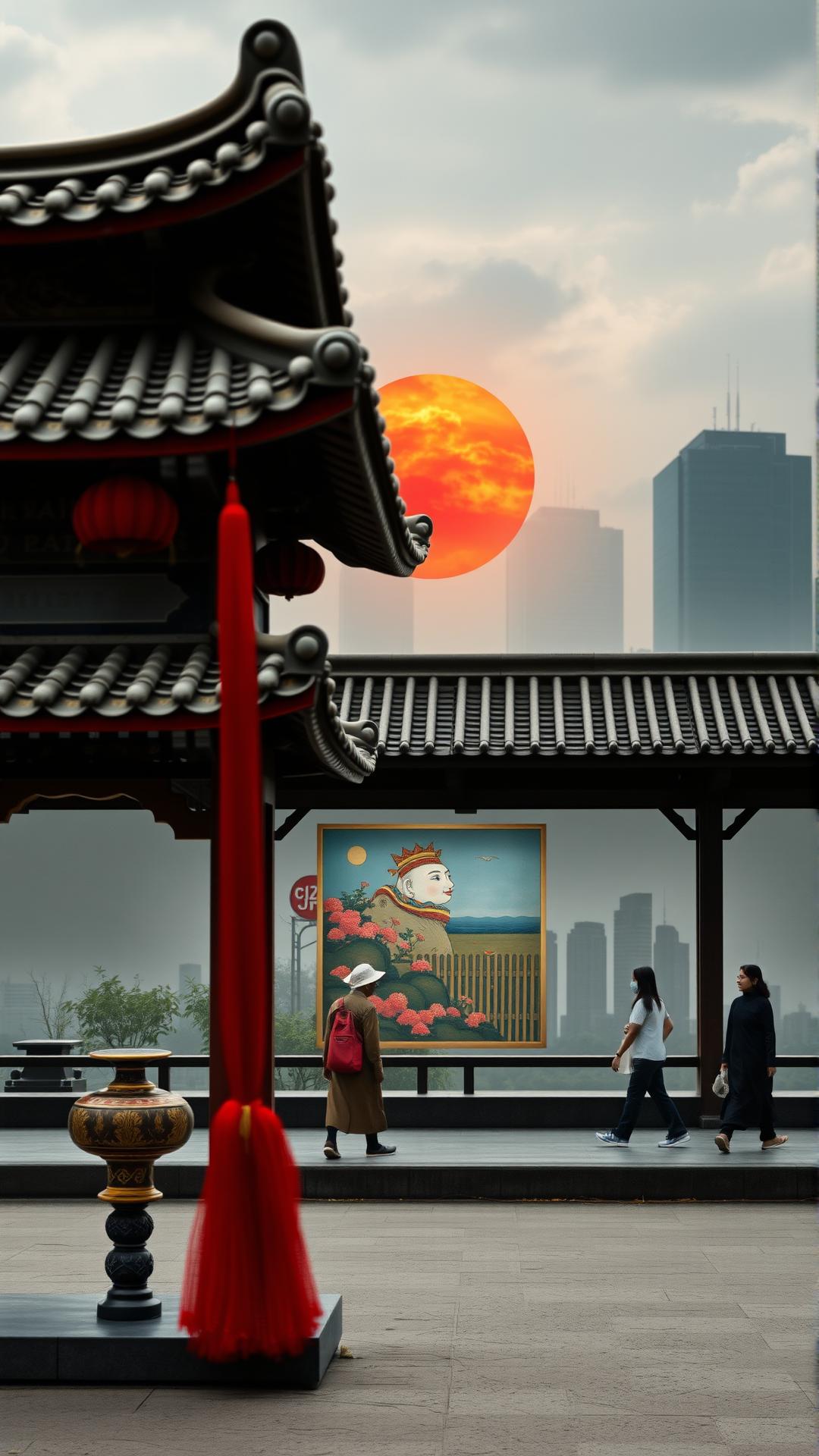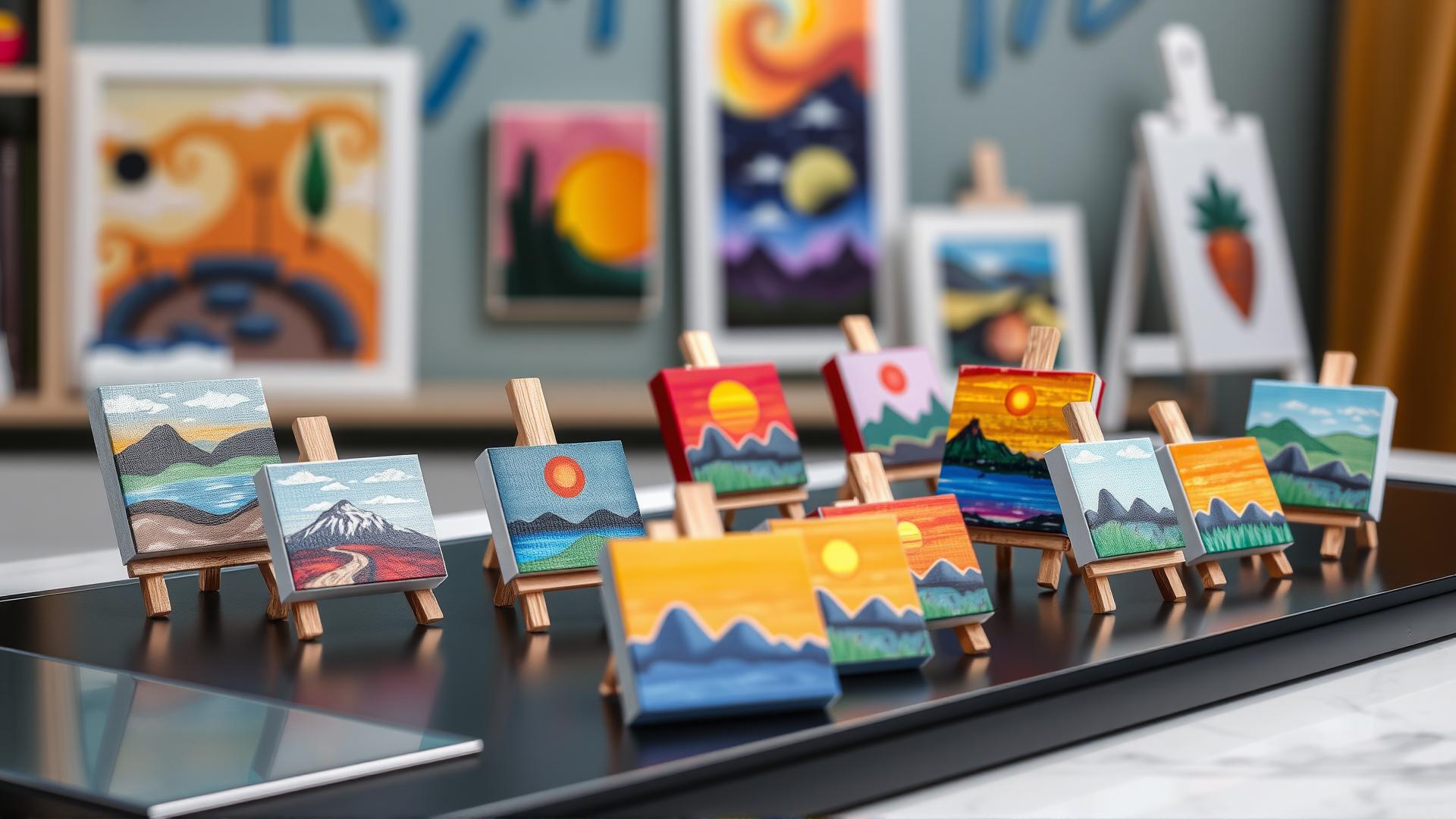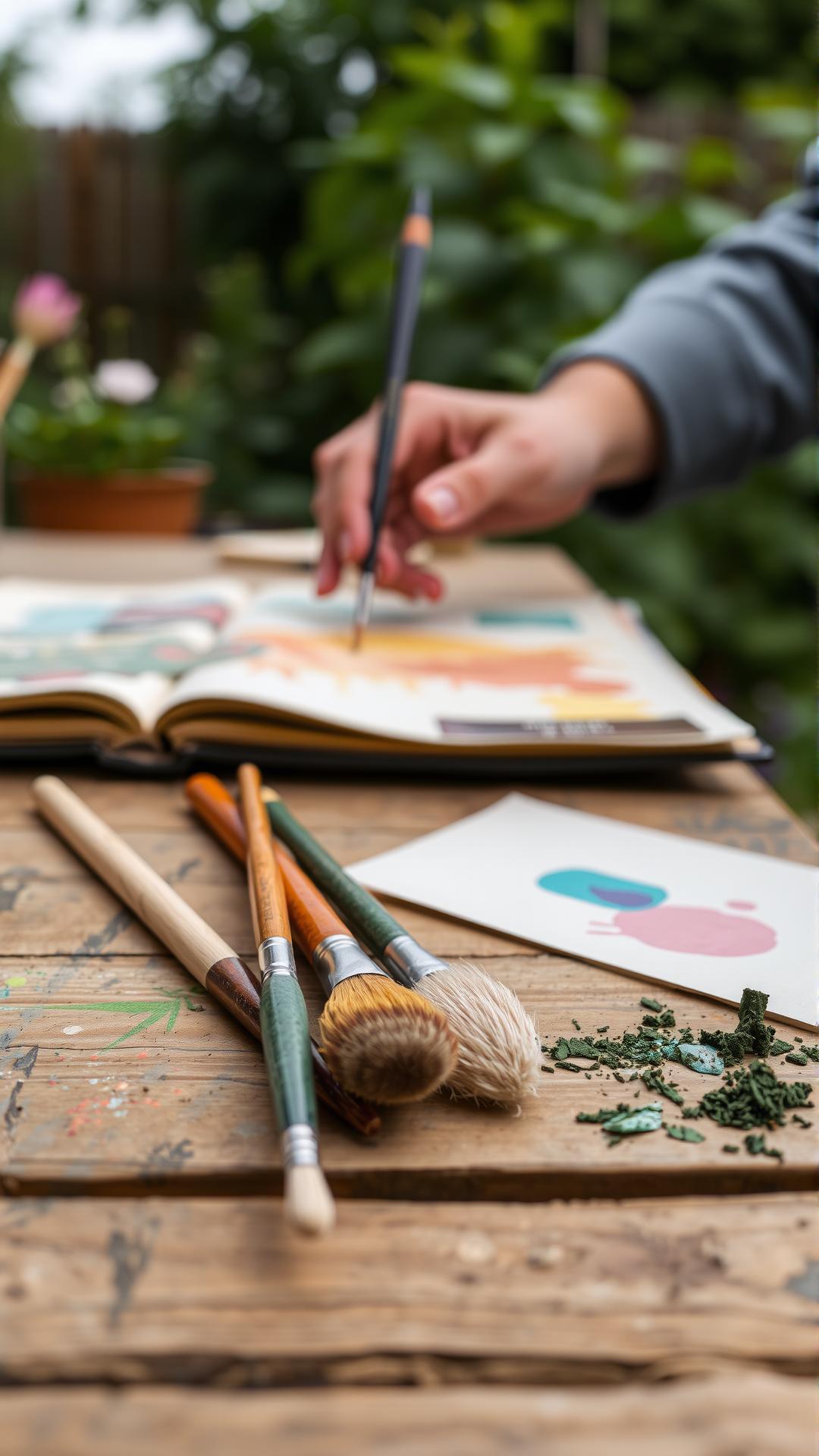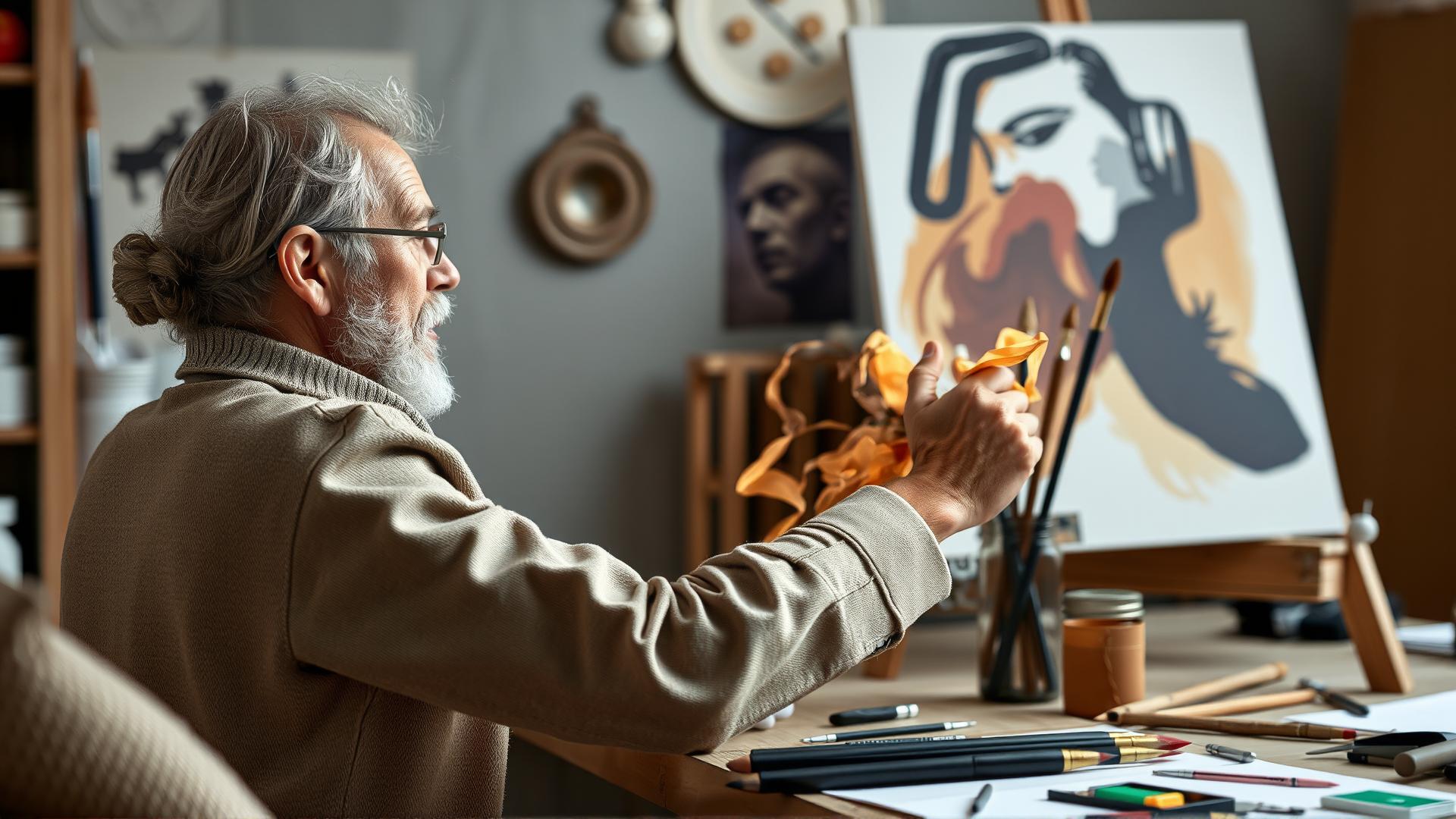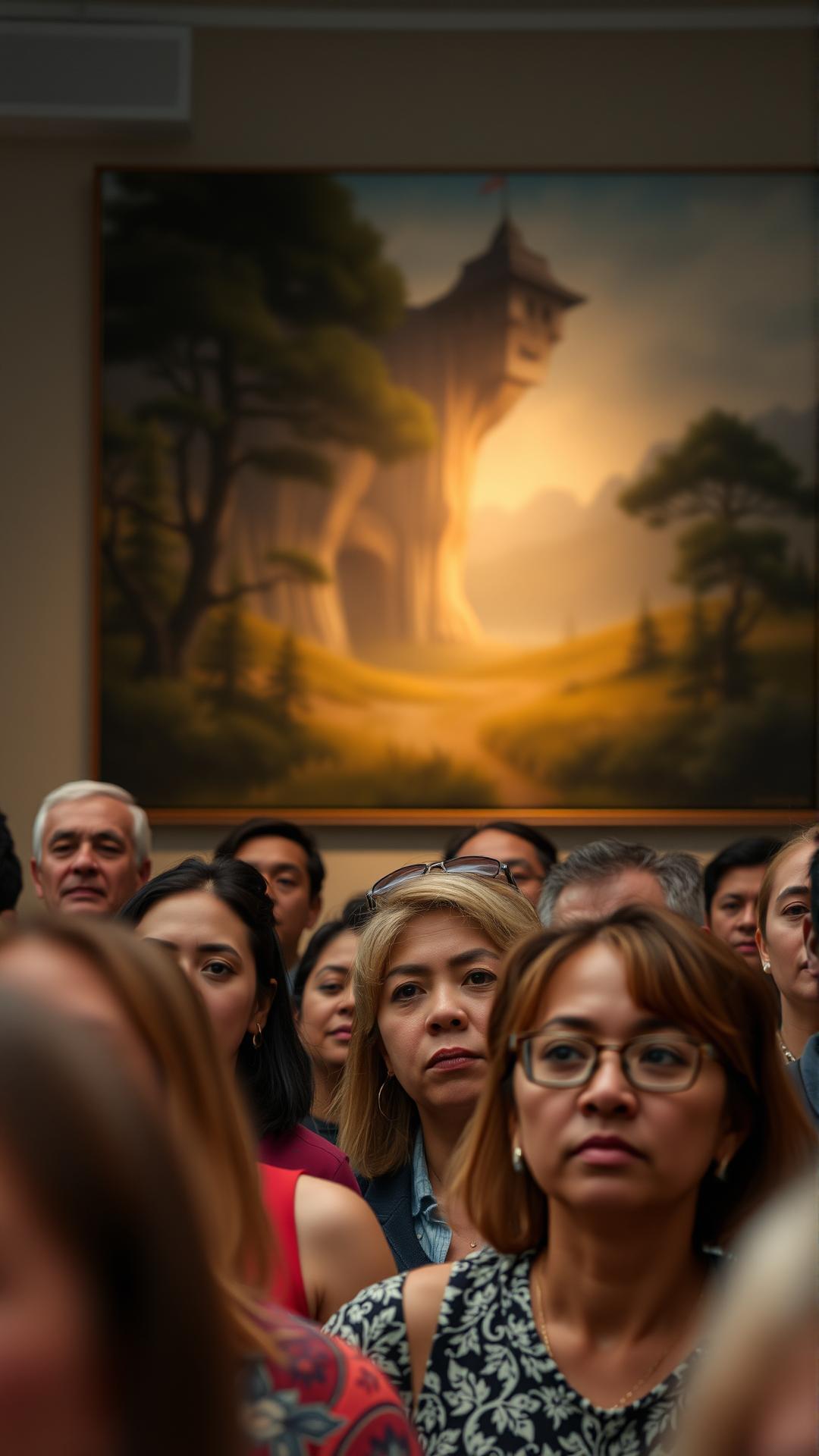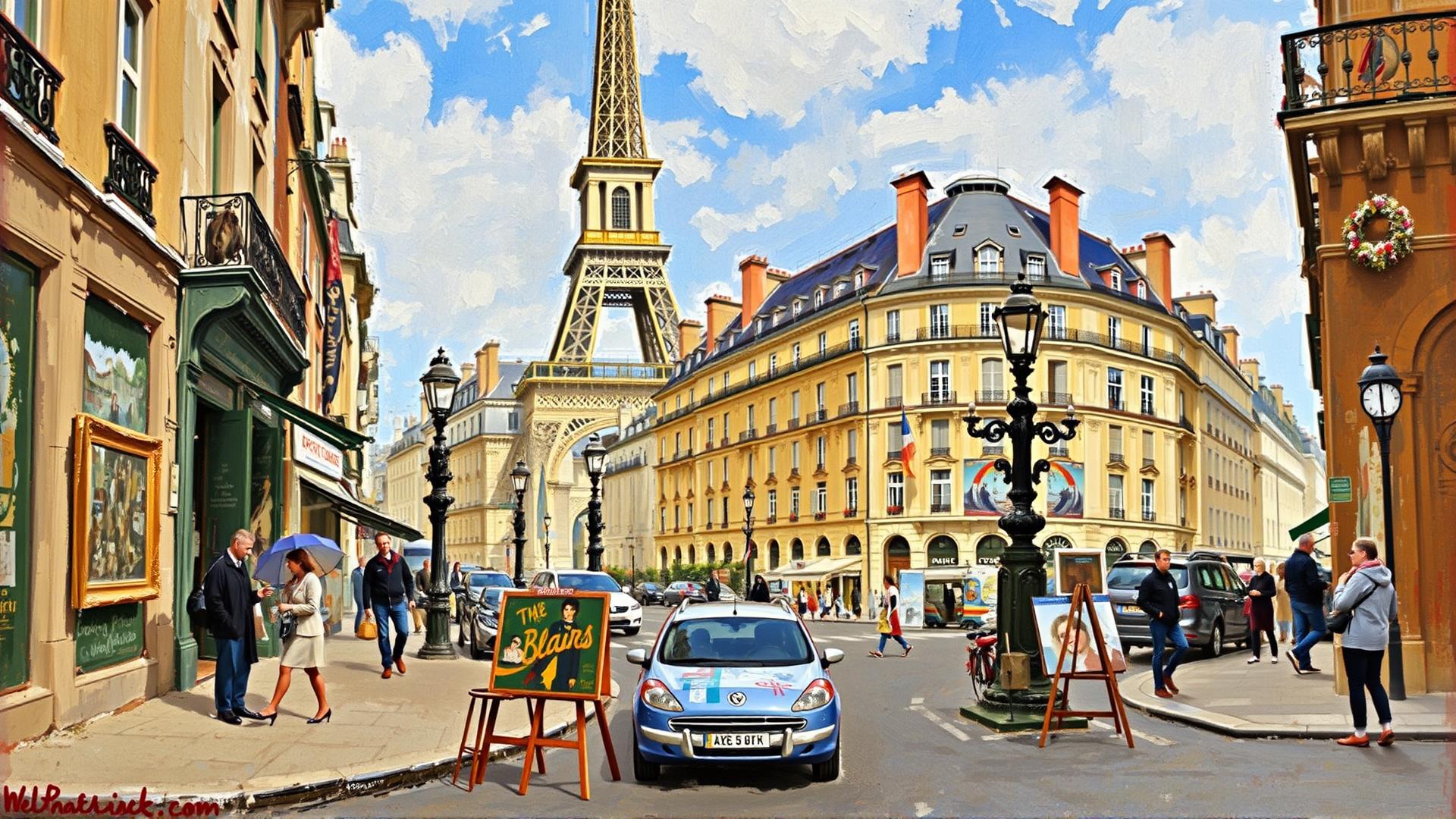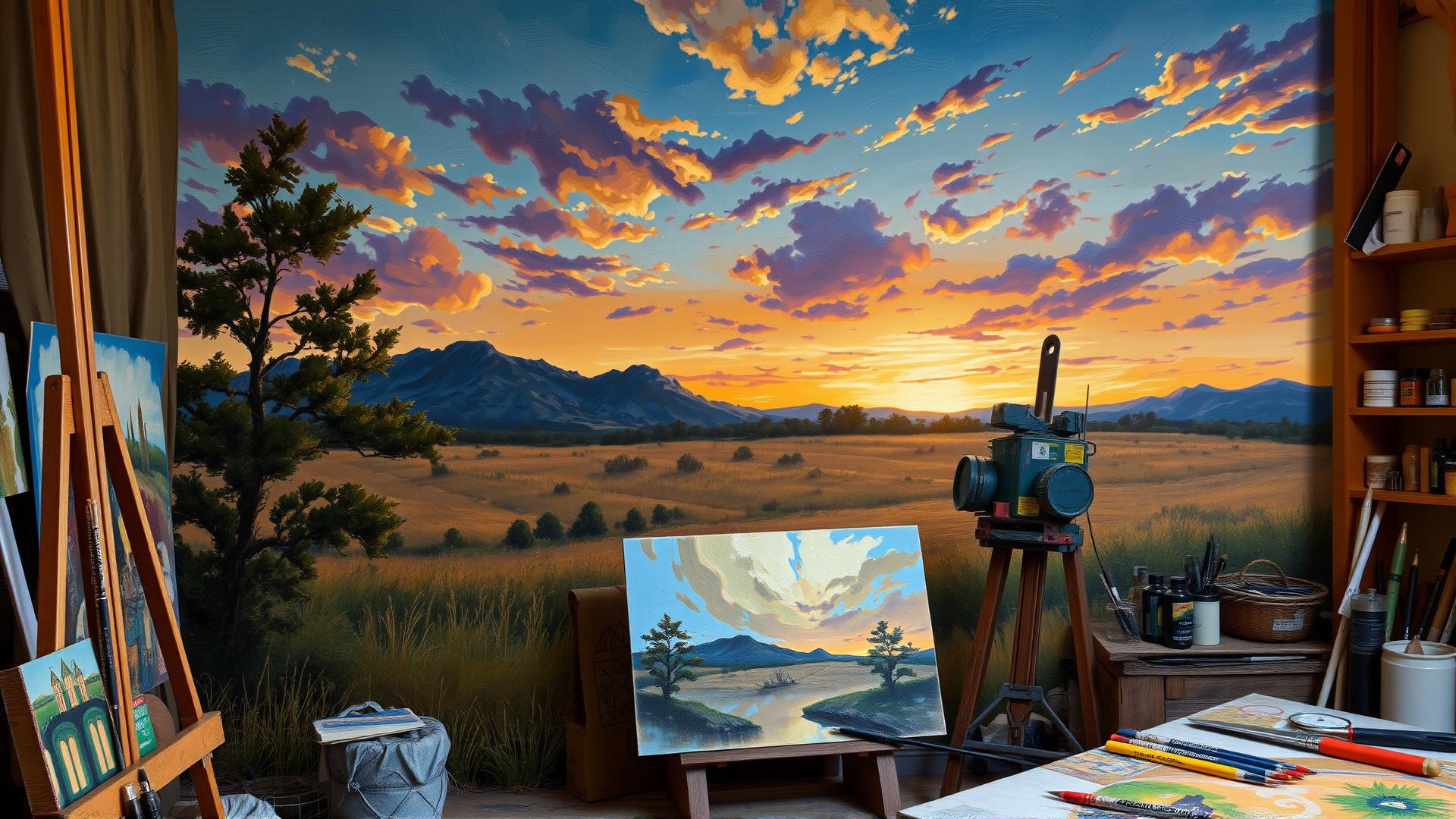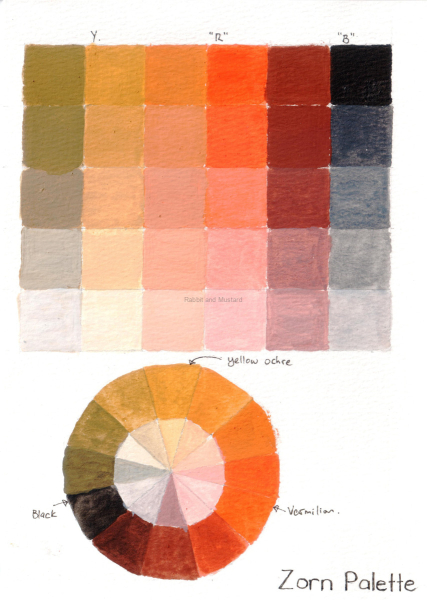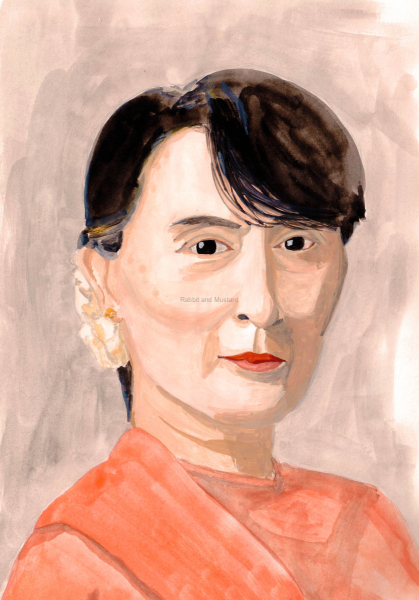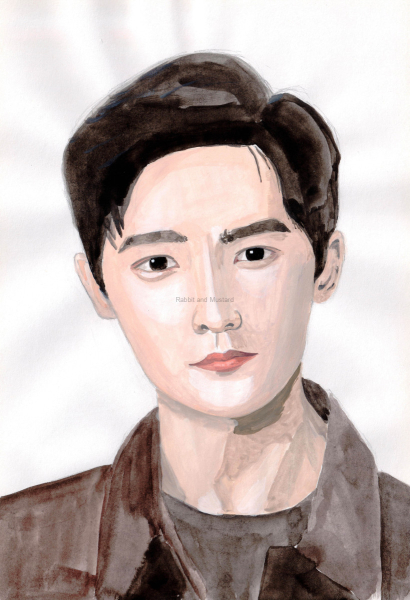Introduction
Nature paintings are a captivating genre that embraces the breathtaking beauty of the natural world. From lush landscapes to intricate wildlife depictions, these artworks serve as a powerful reminder of the magnificence found in nature. Artists across various cultures have utilized their talents to capture vibrant colors and exquisite details, inviting viewers into a serene escape with each brushstroke. The appreciation for nature paintings transcends mere aesthetics, playing a crucial role in raising awareness about environmental issues and the significance of preserving our planet.
This article talks about the various styles and techniques of nature paintings, the prominent artists who have made significant contributions to this genre, and the cultural impact of these artworks. We will explore how contemporary artists interpret nature, the materials they use, and the emotional responses they evoke in viewers. Join us on a journey to celebrate the beauty of nature through the mesmerizing lens of art.
Understanding Nature Paintings Definition and Significance in Art History
Nature paintings, a captivating genre within the vast expanse of art history, emphasize the beauty and intricacies of the natural world. These artworks often range from realistic representations of landscapes and flora to more abstract interpretations, each evoking a unique emotional response. Defined by their focus on elements like mountains, forests, rivers, and the skies, nature paintings serve not only as aesthetic appeals but also as a vital commentary on humanity’s relationship with nature.
The significance of nature paintings is deeply rooted in their historical context. Dating back to ancient civilizations, artists frequently turned to the environment as a central theme. Early examples can be found in Chinese and Japanese art, where nature was revered, and landscapes were historically depicted with a spiritual lens. The advent of the Renaissance marked a pivotal point where the representation of nature became more realistic and mathematically representative, culminating in detailed landscapes that showcased perspective and depth.
Throughout subsequent art movements, the evolution of nature paintings saw a blend of styles. The Baroque period introduced dramatic contrasts of light and shadow, creating an almost theatrical representation of landscapes, while the Romantic era infused emotion, depicting nature as untamed and powerful. Impressionism in the late 19th century took a revolutionary turn, encouraging artists to capture fleeting moments and the ephemeral qualities of light and color across various natural settings.
The 20th century brought forth an array of innovative approaches, from abstract expressionism to contemporary realism, further expanding the definition of nature in art. Artists began to adopt mixed media and unconventional materials, embracing the notion that nature could be interpreted through personal and subjective lenses. This shift not only diversified the techniques used but also encouraged a broader examination of environmental themes, including conservation and climate change.
Nature paintings remain paramount today, bridging traditional artistic practices with contemporary issues. Their importance lies not just in their visual representation, but in their capacity to inspire reflection on the profound beauty of the natural world and our responsibility toward its preservation. By celebrating and interpreting nature through art, artists continue to foster a deeper understanding and appreciation of the environment, ensuring that the beauty of nature resonates for generations to come.
Techniques Used in Nature Painting
Traditional and Contemporary Approaches
Artists have employed a variety of techniques to create captivating nature paintings, blending traditional methods with contemporary innovations. A primary technique seen in nature painting is oil painting, which dates back to the Renaissance. This medium allows for rich pigmentation and smooth blending, enabling artists to portray the intricate details of leaves, water, and landscapes. The layering technique, utilizing thin glazes of paint, can build depth and luminosity in their work, creating surfaces that mimic the complexity of nature itself.
Acrylic painting has also gained popularity among modern artists due to its quick drying time and versatility. This medium can imitate the effects of oil paints but can also be applied in a way that produces a more vibrant and plastic-like finish. Artists often use techniques such as pouring, where paint is mixed with water and allowed to flow over the canvas, producing abstract interpretations of natural elements like rivers or skies.
Watercolor painting is another traditional technique that holds significant importance in nature art. The fluidity of watercolors allows for delicate washes and spontaneous reactions between colors, capturing the ephemeral qualities of nature. Artists often embrace the unpredictability of watercolors, which can produce ethereal backgrounds for landscapes or soft depictions of flora.
Drawing remains a fundamental technique in capturing nature. Artists often use graphite, charcoal, or pastels to create detailed studies of plants, animals, and environments. These preliminary sketches act as the groundwork for more extensive works, allowing for careful planning and precise observation of the subject matter.
Recent advancements have introduced digital painting into the realm of nature art. Utilizing software like Photoshop or Procreate, artists can create stunningly realistic representations of the natural world. This medium offers an infinite palette and the ability to experiment with textures and imagery, paving the way for hybrid forms of expression that blend traditional aesthetics with technological innovations.
The techniques employed in nature painting are as varied as nature itself. Each approach—whether rooted in tradition or pushing the boundaries of contemporary methods—allows artists to celebrate the beauty of the environment, capturing the fleeting moments of life that inspire viewers to connect with the world around them.
Prominent Artists in Nature Painting Celebrating Nature Through Their Eyes
Notable Figures and Their Signature Styles
Nature painting has captivated many artists, each contributing their unique perspective and style to this cherished genre. Prominent figures in this field have profoundly influenced how nature is perceived and appreciated, often merging emotional depth with striking visual elements.
One of the most revered artists in nature painting is Claude Monet, who is often regarded as a pioneer of Impressionism. His techniques of capturing the fleeting effects of light and color in natural settings are legendary. Monet’s series of paintings, such as the “Water Lilies” and “Haystacks,” reflect his deep connection to the changing aspects of nature. By using vibrant colors and loose brushwork, he invites the viewer to immerse themselves in the beauty and tranquility of his landscapes.
John Constable, an English painter known for his exceptional portrayal of the English countryside, is another key figure whose work highlights the relationship between humanity and nature. His detailed studies of skies and landscapes, like those found in “The Hay Wain,” exhibit a romanticized vision that evokes nostalgia. Constable’s use of light and atmosphere allows viewers to appreciate the serenity and power of nature, encouraging them to see landscapes as more than mere backdrops but as living entities full of emotion.
In the United States, the Hudson River School artists, including Thomas Cole and Frederic Edwin Church, made significant contributions to American nature painting. Cole, often considered the founder of the movement, emphasized the grandeur of the American landscape, while Church captured the majesty of specific locations through dramatic compositions and precise detail in works like “The Heart of the Andes.” Their works celebrated the American wilderness, instilling a sense of nationalism and respect for nature in their viewers.
Contemporary artists, including Andy Goldsworthy, engage with nature in innovative ways, often using organic materials to create transient sculptures that blend with their environment. Goldsworthy’s temporary installations evoke a deep appreciation for the natural world, showcasing the beauty of impermanence while encouraging viewers to reflect on nature’s cycles.
Each of these artists has contributed a distinct voice to the collective celebration of nature through painting. Their work not only showcases the breathtaking beauty of the environment but also invites reflections on humanity’s place within it, making nature painting a profound expression of both artistry and ecological consciousness.
Cultural Significance of Nature Paintings Analyzing the Reflection of Societal Values
Nature paintings have served as a mirror reflecting the values and beliefs of various cultures throughout history. From the serene landscapes of East Asian artistry to the vibrant and dynamic expressions found in Native American works, these paintings not only celebrate the beauty of the natural world but also embody the philosophical and spiritual insights of their creators.
In many cultures, nature painting is considered a sacred practice, where the act of creation becomes a form of spiritual exploration. For instance, traditional Japanese ink wash painting, or *sumi-e*, emphasizes simplicity and the flow of life. Artists often depict scenes of mountains, rivers, and flora, inviting viewers to appreciate the harmony and balance found in nature. This art form reflects the Japanese belief in *mono no aware*, or the transient beauty of things, and encourages an emotional connection to the changing seasons and the cyclicality of life.
Conversely, the romantic landscapes popular in Western art during the 19th century demonstrate a shift towards individualism and a deep appreciation for the sublime. Artists like Caspar David Friedrich portrayed vast, often overwhelming natural scenes that conveyed both beauty and existential questioning. This approach distinguishes a cultural narrative that explores humanity’s relationship with nature, reflecting societal concerns during a time of industrialization and environmental change.
In Indigenous cultures, nature paintings often embody spiritual significance, with elements of the environment serving as symbols of identity and connection to ancestry. These artworks may depict traditional stories, rituals, and respect for the land, reinforcing communal values and ancestral knowledge. For example, Native American art frequently incorporates animal imagery and natural elements that are essential to their cultural heritage, reinforcing a sense of belonging and stewardship toward the earth.
These cultural expressions through nature paintings highlight not only aesthetic appreciation but also serve as a commentary on societal attitudes toward the environment, belief systems, and community bonds. As societies evolve, so too do the themes and techniques found in their nature paintings, revealing how different cultures navigate the complexities of their existence. By observing these artworks, one gains insight into the collective human experience that transcends borders and time, showcasing the enduring beauty of nature as a vital aspect of life.
Materials and Mediums for Nature Painting Emphasizing Sustainable Options
Exploring the Palette of Nature
Nature paintings stand as a testament to the beauty that surrounds us, capturing landscapes, flora, and fauna in vibrant detail. The materials and mediums chosen by artists play a significant role in bringing these serene scenes to life. Traditional resources such as oil paints, watercolor, and acrylics have long been favored for their rich textures and versatility. However, in recent years, there has been a meaningful shift towards sustainable practices in the art community, inviting a fresh and eco-conscious approach.
Oil paints, with their buttery texture and depth, allow for sophisticated layering and blending, crucial for depicting the subtleties of nature. However, many artists are now opting for non-toxic, plant-based oils that reduce the environmental impact. Watercolors are lauded for their transparency and ethereal qualities; artists can create delicate washes that echo the fleeting beauty of natural scenes. Fortunately, many watercolor manufacturers are shifting toward ethical sourcing of pigments and sustainable packaging, promoting eco-friendly practices in art creation.
Sustainable Materials: An Eco-Conscious Approach
Acrylic paints, known for their quick-drying nature, are versatile and can mimic the properties of both oil and watercolor. The growing concern around plastic use has led to the development of acrylics made from more sustainable resources. Eco-friendly alternatives, including biodegradable paint options derived from natural materials such as plant extracts, have flooded the market. Artists are encouraged to use these innovative alternatives to lessen their environmental footprint while still expressing their admiration for the natural world.
In addition to paint choices, the surfaces on which artists render their works are equally important. Traditional canvas from cotton or linen can be pricey and resource-intensive; however, alternatives such as recycled paper or panels made from sustainable wood sources offer good replacements. A return to nature-based materials does not diminish quality; instead, it enhances the storytelling aspect, as each brushstroke on sustainable surfaces champions ecological mindfulness.
The art of creating nature paintings is not just about technique but also aligns with a commitment to preserving the beauty being portrayed. As artists choose sustainable materials, they contribute to a larger conversation about the importance of environmental stewardship in every stroke of their brush. Through these efforts, the captivating world of nature paintings continues to flourish in a manner that respects the very landscapes and ecosystems that inspire them.
The Emotional Impact of Nature Paintings Examine the Emotional Responses Evoked by Nature Paintings and Their Connection with the Audience
Nature paintings have a unique ability to transcend the boundaries of mere visual representation, eliciting profound emotional responses from the viewer. These artworks capture the essence of landscapes, flora, and fauna, often reflecting the mood and atmosphere of the natural world. As the observer engages with the canvas, the emotions conveyed through color, light, and composition often resonate on a personal level, creating a deep connection between the artwork and the audience.
The Power of Color and Light
The choice of colors in nature paintings plays a pivotal role in shaping the emotional experience. Warm tones like golden yellows and fiery reds can invoke feelings of warmth, joy, and vitality, while cool blues and greens can promote calmness or contemplation. The play of light in a painting can also mirror different times of day or weather conditions, further amplifying the emotional tone. A serene sunset or a stormy sky can transport viewers into a moment, allowing them to reflect on their feelings and experiences related to nature.
Nature paintings often serve as a window to the past or as a canvas for imagination. For many, viewing a particular landscape or scene can trigger memories of personal experiences, whether it’s a childhood visit to a national park or a tranquil moment by a river. These recollections can bring forth a spectrum of emotions ranging from nostalgia to tranquility. Alternatively, artists often infuse their work with imaginative elements that invite the viewer to escape reality, diving into a world filled with possibilities and wonder.
Nature paintings can embody broader themes of human experience. The cycle of life, the interplay between beauty and decay, and the perpetual change of seasons can evoke feelings of hope, resilience, and introspection. Such themes resonate deeply, allowing viewers to find their own narratives within the work, thus forging a connection that goes beyond aesthetic appreciation.
The emotional impact of nature paintings is significant. They not only capture the beauty of the natural world but also invite individuals to engage with their emotions and memories. This intimate connection reinforces the importance of nature in our lives, reminding us of its beauty and, at times, its fragility. As we explore creative expressions of the natural world, we understand not only the paintings themselves but also the innate human desire to connect with nature and the emotions it evokes within us.
Nature Paintings in the Digital Age The Impact of Technology on Artistic Creation
The advent of digital technology has dramatically transformed the landscape of nature paintings, influencing how artists create, share, and connect with audiences. Traditional mediums such as oil, watercolor, and acrylic have coexisted with modern tools, bringing a unique synergy to the art world. Digital painting allows artists to experiment with techniques and styles in ways that conventional methods simply cannot match.
Software programs like Adobe Photoshop and Corel Painter offer artists the ability to work in a virtual space where they can easily undo mistakes, layer images, and apply effects that enhance their creative process. This flexibility encourages experimentation, liberating artists from the limitations often imposed by physical materials. The ability to test color palettes, compositions, and styles without the cost of canvas or paint enables a new generation of artists to refine their craft with greater ease and innovation.
The sharing of nature paintings has also transcended geographical boundaries thanks to technology. Artists can showcase their work on social media platforms like Instagram and Pinterest, reaching global audiences and connecting with fellow nature lovers and art appreciators. These platforms facilitate discussions and feature diverse interpretations of the natural world, encouraging cross-cultural dialogues about environmental themes and artistic expression. Such exposure has propelled many artists into the limelight, often leading to collaborations and greater opportunities.
Online galleries and virtual exhibitions further amplify the accessibility of nature art. Collectors are no longer limited to physical spaces; they can explore a multitude of artworks from the comfort of their homes. This democratization of art allows emerging artists to gain recognition while offering collectors the chance to discover unique pieces that resonate with their personal aesthetics. It is a thriving ecosystem that fosters creativity and appreciation for nature in all its forms.
The digital encourages a deeper engagement with nature themes. Artists can incorporate multimedia elements, such as video and interactive installations, creating immersive experiences that educate and inspire viewers about environmental issues. This approach enriches the narrative surrounding nature paintings, allowing them to function not just as decorative pieces but as catalysts for environmental consciousness and activism.
In a world where technology continuously reshapes artistic expression, nature paintings have found a unique position in bridging the gap between tradition and modernity, celebrating the inherent beauty of the environment while adapting to the evolving artistic landscape.
Conclusions
Nature paintings encapsulate a myriad of experiences and showcase the vibrant relationship between humans and the natural world. Through the careful selection of colors, textures, and shapes, artists have the power to create immersive experiences that resonate deeply with viewers. These artworks inspire admiration for our planet, sparking a desire to protect and preserve nature in its myriad forms.
As we conclude our exploration of nature paintings, it is evident that this artistic genre is more than just a representation of landscapes and wildlife; it serves as a vital connection between art, culture, and the environment. By appreciating and supporting nature-themed art, we can foster a greater awareness of the beauty surrounding us and the essential need to nurture it for future generations.

